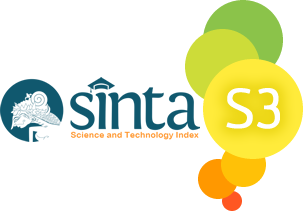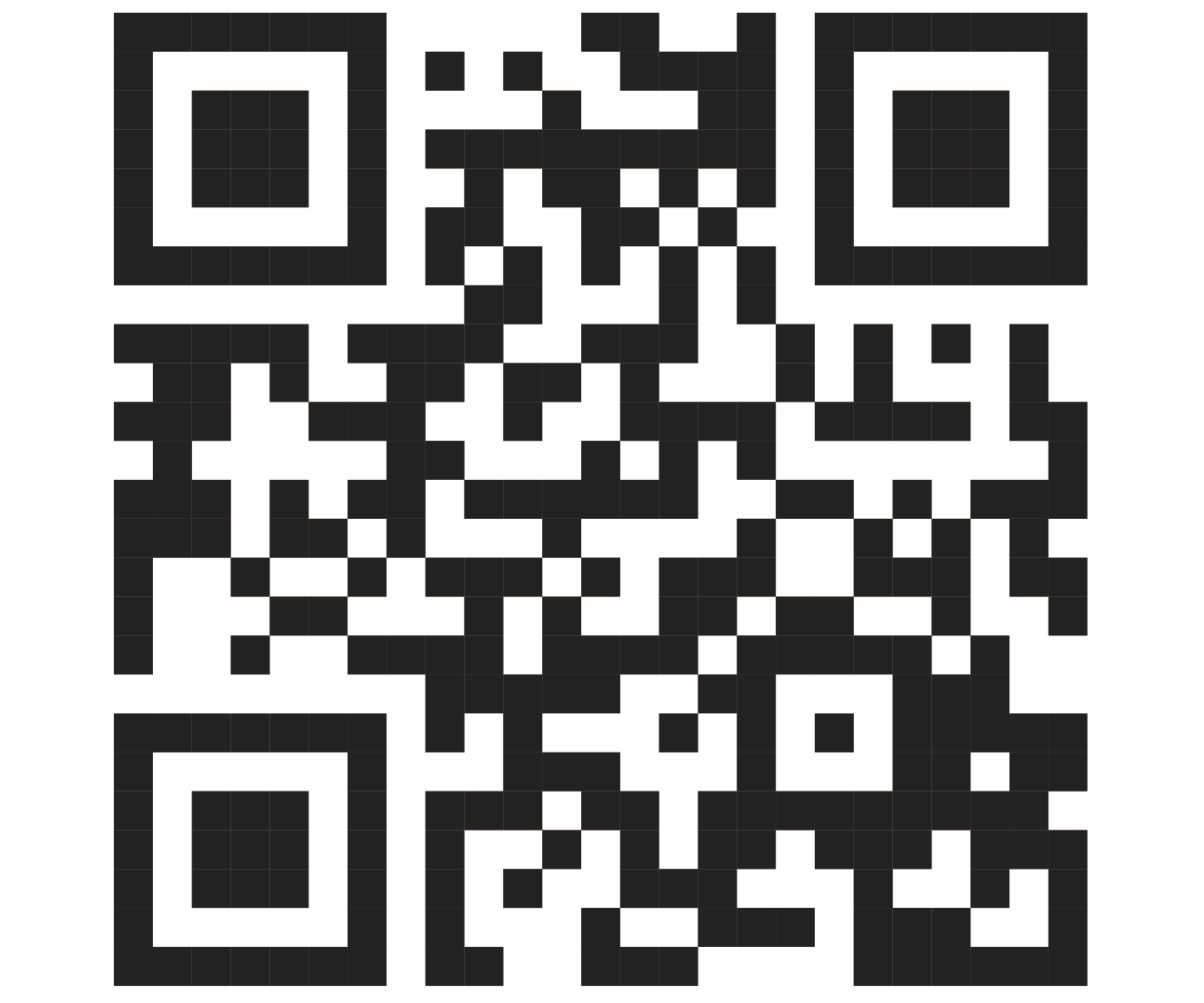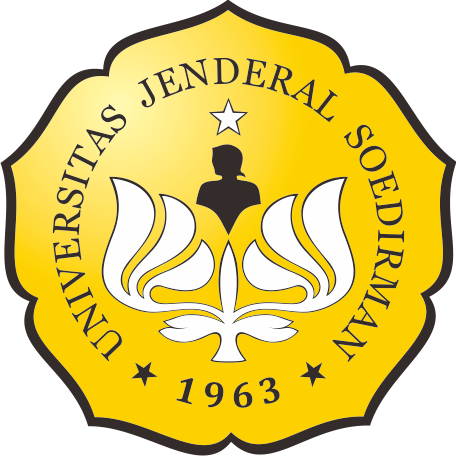AKTIVITAS GLUTATION PEROKSIDASE DAN KADAR GULA DARAH TIKUS DIABETES YANG DIBERI EKSTRAK DAUN KAPULAGA (Amomum cardamomum)
Abstract
Oxidative stress in a patient with diabetes known to decrease the activity of GSH-PX and increase the level of blood glucose. Glibenclamide is commonly used by patients with diabetes to lower the blood glucose. However, the long-term use of glibenclamide may induce the damage of pancreatic β-cells. The extract containing flavonoids and vitamin C of cardamoms leaf can reduce free radicals. The effect of cardamoms leaf extract on the enzymes activity and the level of blood glucose in diabetic rats is yet unknown. The aim of this study was to examine the effect of cardamoms leaf extract administration in the GSH-PX activities and the level of blood glucose of diabetic rats. The method used in this study was experimental with completely randomized design (CRD). There were three groups with five replicates for each. The first group, diabetic rats as control group were given no treatment; the second group, diabetic rats were given cardamoms leaf extract at the dose of 100 mg/kg of body weight; the third group, the diabetic rat were given glibenclamide at the dose of 2 mg/kg of body weight. Blood samples were taken three times at 0, 7, and 14 days after each treatment. Parameters measured were GSH-PX activity and the level of blood glucose. The data were analyzed using ANOVA F-test with a confidence level of 95%. The result of this study showed that the cardamoms leaf extract treatment decreased the activity of GSH-PX activity and decreased the level of blood glucose at a significant level (p < 0.05) from 278.8 to 101.4 mg/dl.
Keywords
Full Text:
PDFReferences
American Diabetes Association (ADA). 2006. Diagnosis and classification of diabetes mellitus. Diabetes Care. 2:43–48. https://doi.org/10.12928/pharmaciana.v1i1.515
Baroroh F, Nufrina A, Hari S. 2011. Uji efek antihiperglikemik ekstrak etanol daun Kacapiring (Gardenia augusta, Merr) pada tikus putih jantan galur Wistar. Jurnal Ilmiah Kefarmasian.1(1):43–53.
Bhattacharjee S, Rana T, Sengupta A. 2007. Inhibition of lipid peroxidation and enhancement of GST activity by Cardamom and Cinnamon during chemically induced colon carcinogenesis in Swiss albino mice. Asian Pacific Journal of Cancer Prevention. 8:578–582.
Chevion S, Danny SM, Yuval H, Yoav S, Gilad R, Benny A, Eduard B, Earl RS, Yoram E. 2003. Plasma antioxidant status and cell injury after severe physical exercise. PNAS. 100(9):5119–5123. https://doi.org/10.1073/pnas.0831097100
Dakhale GN, Chaudhari HV, Shrivastava M. 2011. Supplementation of vitamin C reduces blood glucose and improves glycosylated hemoglobin in type 2 diabetesmellitus: a randomized, double–blind study. Advances in Pharmacological Sciences. 195–271.
Day L, Lal SS. 2012. Supplementation effect of vitamin C and vitamin E on oxidative stress in post menopausal diabetic woman. The Journal of Diabetic Research. 12(2).
Departemen Kesehatan Republik Indonesia. 2005. Pharmaceutical care untuk penyakit diabetes mellitus. [diakses pada tangal 01 Januari 2013]. Tersedia pada: http://ilmufarmasis. filr.wordpress. com//2011/03/ph–care–dm.pdf.
Dhuley JN. 1999. Anti–oxidant effects of Cinnamon (Cinnamomum verum) bark and greater Cardamom (Amomum subulatum) seeds in rats fed high fat diet. Indian Journal of Experimental Biology.3 7(3):238–242.
Elshater AA, Muhammad MAS, Mahrous MAM. 2009. Effect of ginger extract consumption on levels of blood glucose, lipid profile and kidney functions in Alloxan induced–diabetic rats. Egyptian Academic Journal Biology. Science. 2(1):153–162.
Eutuk EU. 2010. Animals models for studying diabetes mellitus. Agriculture and Biology Journal of North America. 1(2):130–134.
Gong F, Fenglin L, Wanming Z, Jing L, Zhong Z. 2012. Effects of crude flavonoids from Tatary Buckwheat on Alloxan induced oxidative stress in mice. Bangladesh Journal of Pharmacology. 7:124–130. https://doi.org/10.3329/bjp.v7i2.10993
Gumieniczek A, Hanna H, Zbigniew W, Justyna N. 2002. Changes in antioxidant status of heart muscle tissue in experimental diabetes in rabbits. Acta Biochimica Polonica. 49(2):529–535.
Jain N, Goyal S, Ramawat KG. 2011. Evaluation of antioxidant properties and total phenolic content of Medicinal plants used in diet therapy during postpartum healthcare in Rajasthan. International journal of pharmacy and pharmaceutical sciences. 3(3):248–253.
Jelodar G, Maleki M, Shahram S. 2007. Effect of walnut leaf, coriander and pomegranate on blood glucose and histopathology of pancreas of Alloxan induced diabetic rat. African Journal Traditional Complementary and Alternative Medical.4 (3):299 – 305. https://doi.org/10.4314/ajtcam.v4i3.31223
Kalaivani A, Umamaheswari A,Vinayagam A, Kalaivani K. 2008. Anti–hyperglycemic and antioxidant properties of Cassia auriculata leaves and flowers on Alloxan induced diabetic rats. Pharmacologyonline. 1:204–217.
Kaleem M, Asif M, Ahmed QU, Bano B. 2006. Antidiabetic and antioxidant activity Annona squamosa Extract in Streptozotocin–induced diabetic rats. Singapore Medical Journal. 47(8):670.
Kim SJ, Ju BJ, Choi WC, Kin CS. 2006. Hypoglemic and antihyperlipidemic effect of four Korean medical plants in Alloxan induce diabetic rats. American Journal Biochemistry Biotechnology. 2(4):154–160. https://doi.org/10.3844/ajbbsp.2006.154.160
Lee D, Folsom AR, Harnack L, Halliwell B, Jacobs DR. 2004. Does supplemental vitamin C increase cardiovascular disease risk in women with diabetes?. American Journal Clinical Nutrition. 80:1194–200.
Lenzen S. 2007. Alloxan and Streptozotocin diabetes.[ diakses pada tanggal 24 Januari 2013]. Tersedia pada http://www.sawlepzig.de/forschung/projekte /zeitstrukturen–endokrinersysteme/endokrinologieiii/endo_07–lenzen.pdf.
Ling Z, Wang Q, Stange G, Veld PI, Pipeleers D. 2006. Glibenclamide treatment recruits β cell subpopulation into elevated and sustained basal insulin synthetic activity. Diabetes. 5:78–85. https://doi.org/10.2337/diabetes.55.01.06.db05-0820
Moussa SA. 2008. Oxidative stress in diabetes mellitus. Romanian Journal Biophysic. 18(3):225–236.
Nair SP, Shah NC, Shah RM. 2012. Alteration in enzymatic antioxidant defense in diabetes mellitus. Biomedical Research. 23(3):402–404.
Ozden M., Maral H, Akydin D, Cetnalp P, Kalender B. 2002. Erythrocyte glutathione peroxidase activity, plasma malondialdehyde and erythrocyte glutathione levels in hemodialysis and CAPD patients. Clinical Biochemistry. 35:269–273. https://doi.org/10.1016/S0009-9120(02)00307-7
Paşaoğlu H, Banu S, Neslihan B. 2004. Lipid peroxidation and resistance to oxidation in pantiens with type 2 diabetes mellitus. Tohoku Journal Experimental Medicine. 203:211–218. https://doi.org/10.1620/tjem.203.211
Raj N, Nadeem S, Jain S, Raj C, Nandi KCP. 2011. Ameliorative effects of Alpinia calcarata in Alloxan–induced diabetic rats. Digest Journal of Nanomaterials and Biostructures. 6(3):891–897.
Ramakrishna V, Jailkhani R. 2007. Evaluation of oxidative stress in insulin dependent diabetes mellitus (IDDM) patients. Diagnostic Phatology. 2(22):1–6. https://doi.org/10.1186/1746-1596-2-22
Shivakumar L, Shalam. 2012. A short review on management of asthma through alternative therapies. International Journal of Life Sciences Biothecnology and Pharma Reserch. 1(1):2250–3137.
Soemardji AA. 2004. Penentuan kadar gula darah mencit secara cepat : untuk diterapkan dalam penapisan aktivitas antidiabetes in vivo. Acta Pharmaceutica Indonesia. 29(3):115.
Winarsi H, Sasongko ND, Purwanto A, Nuraeni I. 2012. Minuman berbasis kestrak kapulaga sebagai antioksidan yang berpotensi antidiabetes.Laporan Penelitian MP3EI. LPPM. Universitas Jenderal Soedirman.
Xia E, Govinda R, Holly VR, Ahmad RH, Arlan R. 1995. Activities of antioxidant enzymes in various tissues of male fischer 344 rats are altered by food restriction. Am Ins Nutr. 195–201.
Zainab MA, Martha T, Khaled KA, Riitta PS, Muslim A. 2006. Anti–diabetic and hypolipidaemic properties of ginger (Zingiber officinale) in streptozotocin–induced diabetic rats. British Journal of Nutrition. 96:660–666. https://doi.org/10.1079/BJN20061849
Article Reads
Total: 3876 Abstract: 1504 PDF: 2372Refbacks
- There are currently no refbacks.

This work is licensed under a Creative Commons Attribution-ShareAlike 4.0 International License.
This website is maintained by:
Bio Publisher
The Faculty of Biology Publishing
Faculty of Biology
Universitas Jenderal Soedirman
Jalan dr. Suparno 63 Grendeng
Purwokerto 53122
Telephone: +62-281-625865
Email: biologi@unsoed.ac.id
T his website uses:
OJS | Open Journal System
A free journal management and publishing system that has been developed by the PKP (Public Knowledge Project) version 2.4.8.0.
All article content metadata are registered to:
Crossref
An official nonprofit Registration Agency of the International Digital Object Identifier (DOI) Foundation.
Articles in this journal are indexed by:









